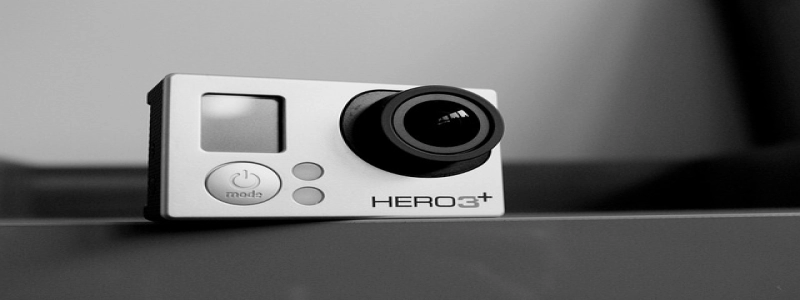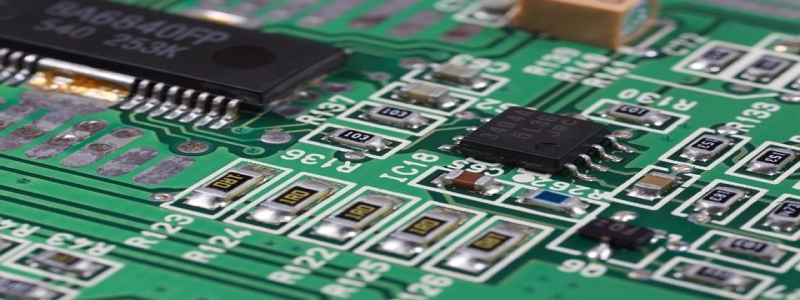Extend USB over Ethernet
Introduction:
In today’s interconnected world, USB (Universal Serial Bus) has become the standard for connecting various peripherals to computers. However, the limitation of USB cables to a certain length has always been a hindrance. But fear not, as there is a solution – extending USB over Ethernet. This article explores the concept of extending USB over Ethernet and its benefits.
I. What is extending USB over Ethernet?
A. Definition: Extending USB over Ethernet is the process of transmitting USB signals over an Ethernet network.
B. How does it work: A USB over Ethernet extender consists of a local and a remote unit. The local unit is connected to the computer’s USB port, while the remote unit is connected to the peripheral device. The USB signals are converted into Ethernet packets by the local unit and transmitted over the Ethernet network. The remote unit then converts these Ethernet packets back into USB signals, allowing the peripheral device to function as if it were directly connected to the computer.
II. Advantages of extending USB over Ethernet:
A. Increased distance: With USB cables, the maximum distance between the computer and peripheral device is limited. By extending USB over Ethernet, this limitation is overcome, allowing for longer distances between the two.
B. Flexibility: USB over Ethernet extenders provide flexibility in device placement. Peripheral devices can be located in different rooms or even buildings, as long as they are connected to the same Ethernet network.
C. Cost-effective: Instead of purchasing long USB cables, extending USB over Ethernet makes use of the existing Ethernet infrastructure, saving costs on additional cables.
D. No signal loss: Unlike USB cables, Ethernet cables are immune to signal degradation over long distances. This ensures reliable and consistent performance, even over extended distances.
III. Applications of extending USB over Ethernet:
A. Industrial automation: In industrial settings, extending USB over Ethernet allows for the connection of USB devices to control systems located at a distance. This enables remote monitoring and control of machinery and equipment.
B. Remote desktop solutions: USB over Ethernet extenders are useful in remote desktop applications. Devices such as printers, scanners, and webcams can be accessed remotely, providing convenience and increasing productivity.
C. Virtualization: In virtualized environments, USB over Ethernet allows USB devices to be shared by multiple virtual machines, eliminating the need for physical USB connections to each machine.
Conclusion:
Extending USB over Ethernet offers a convenient and cost-effective solution for overcoming the limitations of USB cables. It provides increased distance, flexibility in device placement, and reliable performance. With applications in industrial automation, remote desktop solutions, and virtualization, USB over Ethernet is a valuable technology that enhances connectivity and productivity in various fields. Embrace the power of USB over Ethernet and unlock a world of possibilities.








